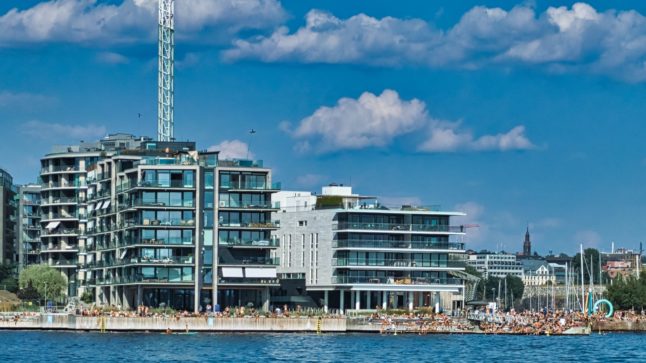Buying a house is normally stressful enough, whether it’s getting a mortgage in place, going to dozens of viewings or spending hours going through listings.
In Norway, the process is further complicated by the house bidding process, which you will have to go through when buying most properties today.
Additionally, you could make several mistakes that could make the process harder or cost you dearly.
READ ALSO:
- Norway’s house bidding process explained
- Six key tips to survive the bidding war when buying a house in Norway
- Where are Norway’s cheapest homes, and what can you get for your money?
Not having financing in place
Before you can bid on a property, you need to visit the bank to ensure financing for your purchase. If you are taking out a mortgage on the house, you will need to make sure you know the set limit the bank will allow to borrow.
When you make a bid, the estate agent will contact the bank to ensure that you have the financial arrangements. If you do not have enough money or the mortgage your bank agreed on doesn’t cover the cost, your bid will be rebuffed.
Therefore it is crucial to know your financial limits when entering bidding rounds to avoid any disappointments.
Making a bid on a house you aren’t sure about
You should be absolutely sure that you could see yourself living in a property when you bid on it. This is because bids in Norway are legally binding, meaning that even if you put in a speculative bid and it’s accepted, you won’t be able to back out.
This means that you should avoid putting in any offers on homes you aren’t 100 percent sure about.
So while you may be in a rush to get on the property ladder or take a step up, patience will prevail over diving in headfirst.
Forgetting to do proper research
The devil is always in the detail, and as dull as it may be, you should always read the small print to avoid any nasty shocks.
This is especially important when buying apartments in Oslo and other cities where you will likely encounter housing associations where residents will be expected to pay various fees or contribute to the upkeep of the block.
“For instance, if they are planning to replace the roof of the block the next year, you will read about it in the sales documents. It is important to consider whether you can afford a property also after potential add-ons,” Trine Dahl-Pettersen, real estate agent at Eindom 1, explained to The Local.
Reading the small print isn’t the only place where research pays off. For example, one reader who has bought a house in Norway pointed out that finding a place that needs a little bit of work can help you avoid intense bidding wars, and locals tend to want a ready-made home to move into.
“Finding a property that won’t go sky high over the asking price when bidding can be challenging. However, I quickly noticed that Norwegians are not afraid to bid high for a ready-to-go home,” Scott told The Local of his experiences buying in Bergen.
“If you are comfortable doing some work on it, you can find a much better deal, maybe even under the asking price,” he added.
Therefore, market research can help prevent you from paying over the odds.
Making more than one bid at a time
Unfortunately, putting plenty of bids out and seeing which offers stick could be a lot more disastrous than you may think.
As mentioned earlier, bids in Norway are legally binding. Meaning that if you have two bids accepted at the same time, you will be legally obligated to purchase both of them.
Not having BankID
Despite the bidding process being done over the phone, there are still some hoops to jump through.
You’ll need to have a Norwegian Bank ID available for the bidding process, as it is needed to confirm your identity when sending your bids.
Without this, you won’t be able to lodge any offers.
In addition to bank ID, you will need a Norwegian identification number (D-number/Personnummer) to hand.



 Please whitelist us to continue reading.
Please whitelist us to continue reading.
Member comments